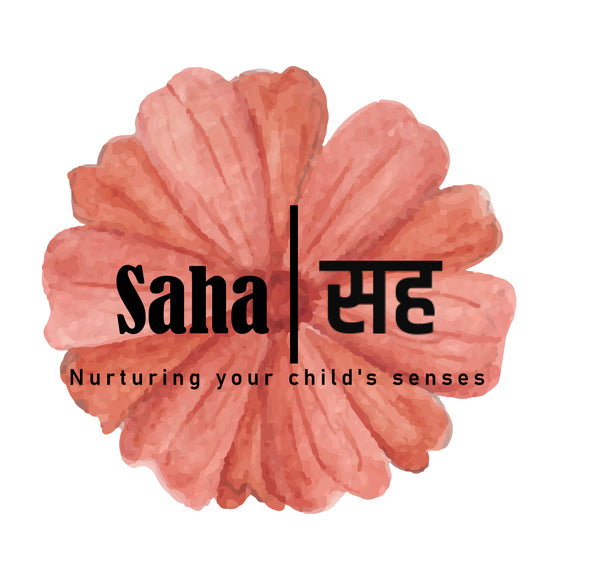
How to Choose the Best Clothes for Your Kids: A Comprehensive Guide
Share
Selecting clothing for children goes beyond aesthetics. The right choices ensure comfort, safety, and practicality while nurturing their sense of style and individuality. Here’s a detailed guide to help you make the best decisions when buying kids’ clothes:
1. Comfort is Key
Choose breathable and soft fabrics like organic cotton or bamboo, which are gentle on your child’s sensitive skin. Avoid synthetic materials such as polyester or spandex, as these may cause irritation or discomfort, especially in warm climates.
2. Focus on Proper Fit
Clothing should allow freedom of movement without being too tight or loose. Adjustable features such as elastic waistbands, drawstrings, or buttons ensure that garments can grow with your child, providing better value for money.
3. Look for Durability
Children's active lifestyles demand durable clothing. Opt for reinforced seams, high-quality materials, and machine-washable fabrics to withstand frequent washing and outdoor play. Items like double-layered knees in pants are ideal for toddlers and preschoolers.
4. Safety First
When choosing clothing, prioritize safety. Avoid garments with small buttons, loose threads, or embellishments that could pose choking hazards for younger children. Additionally, ensure that zippers and fasteners are easy to use to encourage independence.
5. Practical and Versatile Designs
Simple designs without excessive frills are practical for daily wear. Pieces that can be mixed and matched—such as solid-colored tops and versatile bottoms—maximize wardrobe utility.
6. Encourage Self-Expression
Involving children in the decision-making process not only boosts their confidence but also fosters their unique sense of style. Offer choices within limits, such as selecting from pre-approved options, to ensure they’re making practical selections.
7. Consider Weather and Season
Adapt your purchases to seasonal needs. Breathable, light-colored fabrics work best for summer, while layered clothing made of wool, fleece, or thermal materials ensures warmth during colder months.
8. Sustainability and Ethical Choices
Teaching environmental responsibility starts with everyday decisions. Opt for sustainable brands using organic or recycled fabrics and ethical production methods. These choices benefit the planet and are often of superior quality.
9. Budget-Friendly Options
Quality doesn’t have to break the bank. Shop for versatile staples that can be worn across multiple occasions. Sales and second-hand stores often offer excellent deals on high-quality items.
By following these guidelines, parents can provide their children with clothing that supports comfort, practicality, and personal growth, all while considering environmental and ethical values.
References
- Think or Blue. (n.d.). Help your child choose their own clothes. Retrieved December 5, 2024, from https://thinkorblue.com/help-your-child-choose-their-own-clothes/
- XY Life. (n.d.). Things to keep in mind while buying children's clothing. Retrieved December 5, 2024, from https://xylife.com/blogs/article/things-to-keep-in-mind-while-buying-childrens-clothing
